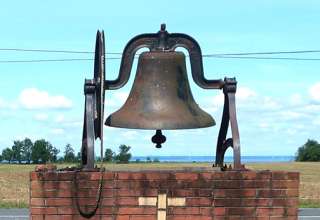When my 15-year-old granddaughter, Talya, asked me what my favorite destination was, I had to take a minute. After 35 years as a travel writer, my usual answer to that question is wherever I’ve been last, but I felt she deserved more than my usual flippant reply.
Of course, so many different places come up for different reasons. For sheer beauty, there’s New Zealand. Everyone raves, setting up high expectations – always a worry. But New Zealand doesn’t disappoint. But for me, the country held a different magical appeal: little Stewart Island to the south of South Island that even many Kiwis don’t know about. With a population of 401 – the number never changed no matter how many people I asked: “Well, Ralphie died so that’s 400 – but no, the twins were born. So 401. Yup, 401, definitely.” Plus a mere 18 miles of roads and more water taxis than land ones, Stewart is 80% national park with an insulated community that still remains a little wary of outside visitors. I was glad they let me in.
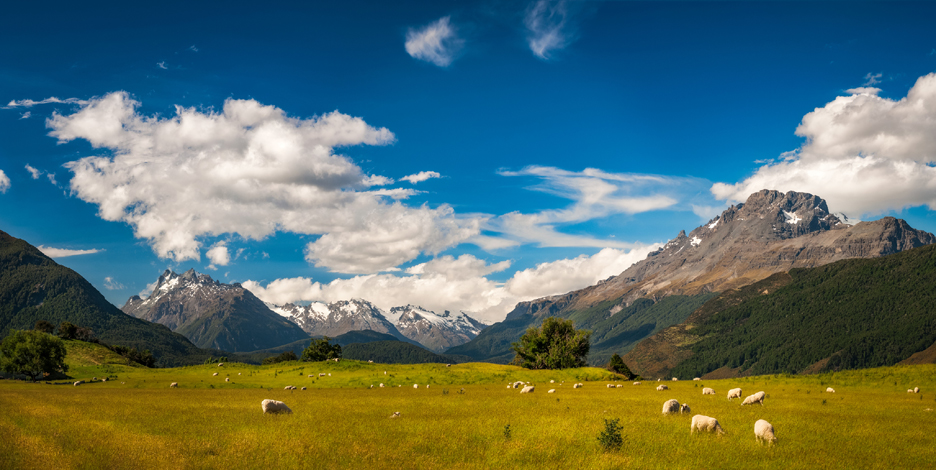
Let’s see? For sheer diversity of culture, it’s hard to beat China. Not Beijing or Shanghai, of course – or even Guilin with its magnificent karst Mountains – but way out in the countryside where they still plow the fields with a resident water buffalo and local tribes plant tea in their traditional multi-colored costumes.
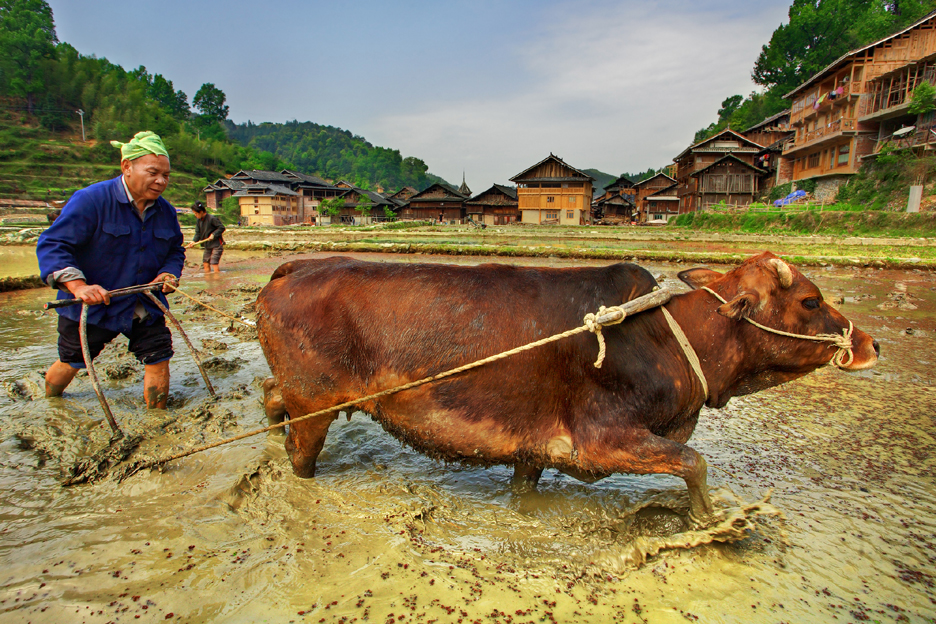
And a trip to Namibia introduced me to an even more primitive lifestyle. Not often, ensconced in our usually comfortable Western hemisphere lifestyle, do we take the time to reflect upon how so very much of the world lives very differently. Eighty-five percent of the world’s population live in poverty. And there are some civilizations that have very little knowledge of the world outside their small communities. And no, Talya, you can’t text them for more information.
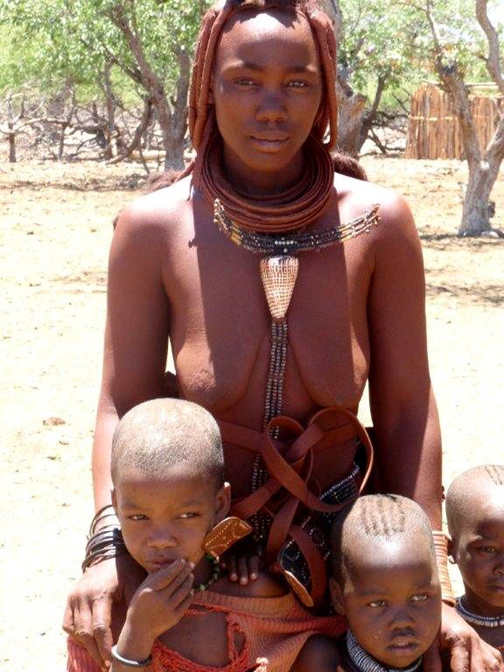
My time with the Himbas re-enforced that. The beautiful and gentle Himba people are the last remaining tribe in Namibia to cling savagely to its native identity dating back more than 500 years.
Although most of the country’s 12 separate ethnic groups have retained their own language, food and beliefs, many have been converted to Christianity and, while still very poor, have become somewhat westernized. Not so the Himbas. Clad in very little clothing, their bodies covered daily through a lengthy ritual with red ocher pigment mixed with animal fat, the Himbas maintain a primitive culture. There are no stores in the village, no satellite dishes and no outhouses. They use the woods that border their village as their toilet.
Unlike other indigenous cultures, the more isolated and economically self-sustaining Himbas were able to resist the influence of missionaries who wanted them to cover their bodies; change their gods; upgrade their stick, mud and dung huts; and modernize their nomadic lifestyle. I was the one who left newly educated and impressed.
Countries are not known only for their interesting two-legged inhabitants; their four-legged creatures are equally intriguing. And although I’ve been on several safaris, I’d go tomorrow if another opportunity presented itself.
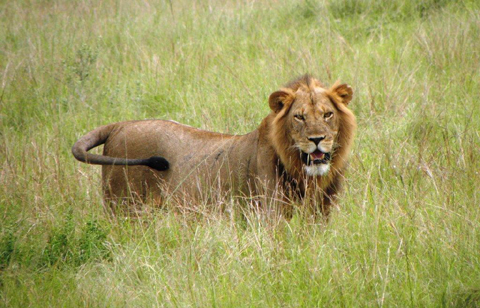
Usually atop an open-air jeep designed for ultimate sightseeing somewhere in Africa, we’d leer, gawk, ooh, ah, jump up, sit down, jump up again, all the while snapping picture after picture of a huge expanse of wild creatures surprisingly willing to share their open spaces, with each other as well as us.
It’s hard to describe the wonder of a leviathan elephant whose tusks almost reach the ground, a black-maned lion baring his teeth or half-a-dozen adolescent zebras cavorting around a waterhole within feet of the jeep. Home to some infinite number of animals, I often felt I had climbed into the Discovery Channel.
Occupying those omnipresent endless plains were millions of hoofed animals continually on the move in search of pasture for survival, constantly watched and pursued by the many predators whose own survival depends on feeding off them. Although I’ve been on numerous safaris, I never get tired of watching that dance. I’d love to take you on one, T.
But there are myriad adventures to be had at home as well. How about the five Utah parks for starters? Arches, Canyonlands, Capitol Reef, Bryce and Zion share many commonalities, including uncompromising splendor, history of both the earth and the country, and a sense of personal sanctuary. And then there are their differences!
Aptly named Arches National Park is a mecca of some of nature’s most intriguing creations: architectural designs that span space and confound logic for which no man-made blueprint was ever drawn. Nearby Canyonlands requires a 4-wheel drive vehicle – preferably with a driver. At 6000 feet, the view from Island in the Sky looks down at cliffs 2000 feet tall, arising out of a magnificently gouged and painted landscape.
Although geologic history is stressed in every park, at Capitol Reef, it’s what defines it – ranging from 80 to 270 million years old. A stroll along the Grand Wash River bed nearby, so narrow in parts you can touch both canyon walls at the same time, evoked old western film images of the lonely cowboy out on the trail.
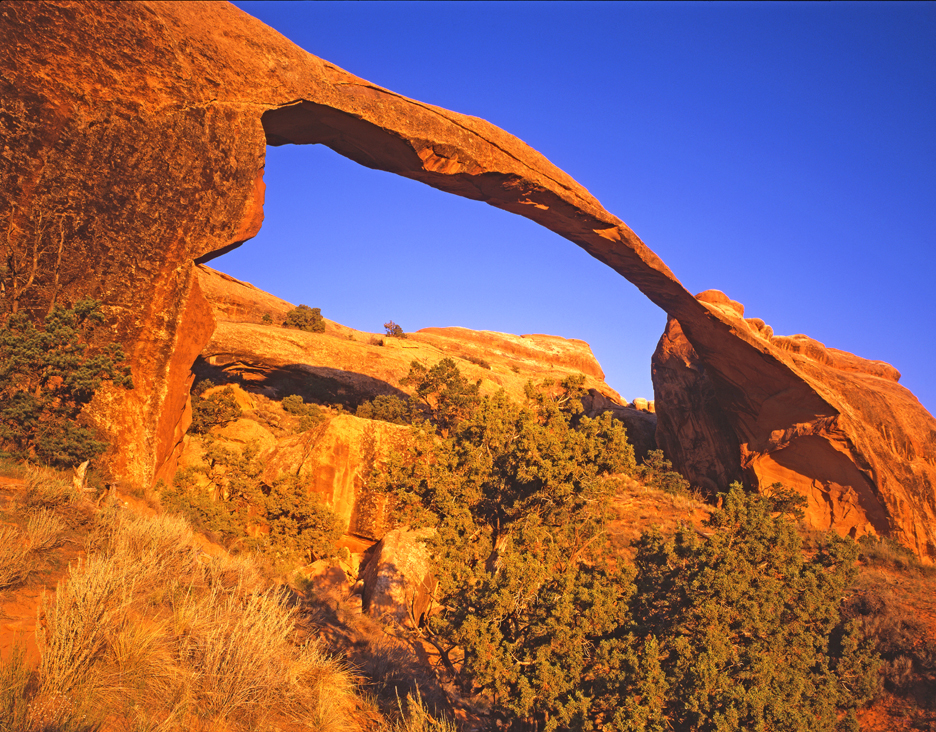
Bryce Canyon is synonymous with hoodoos – phantasmagorical images emerging from weird and wonderful rock formations. There are thousands of the little (and not so little) guys in all shapes, colors and sizes. Arriving at Zion reinforces the idea that each park is unique. At the other parks, your line of sight extends out toward the horizon as well as down into the canyons. At Zion, you look straight up-and-up-and-up. Towering cliffs – some of the tallest in the world – flank you on either side. They meet the sky at a point that strains both the neck and the imagination.
But not all travel-writing trips are to magnificent scenic areas or fascinating destinations. Some are just quirky. Enter Scottsdale, Arizona’s Cowboy College where I channeled Billy Crystal in City Slickers – though you may be too young to remember that movie. But I was in training to be a cow hand ready to go on a cattle drive.
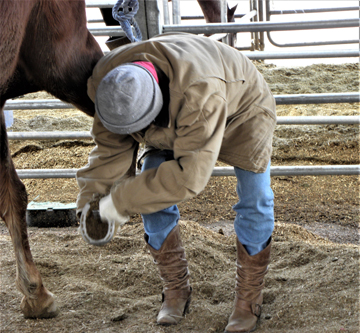
Heels down. Toes out. Squeeze with calves, not knees. Lighten up on the reins. Sink your butt into the saddle. So began my first riding lesson which was followed by instructions in grooming, shoeing, advanced riding techniques and roping. My experience up to then had been an occasional trail ride where the horse was presented to me all spruced up and saddled and all I was expected to do was mount it. Not so here.All of which was way outside my comfort zone – and great fun. In truth, most people at the college actually do then go on a multi-day cattle drive. My thighs were just thankful it didn’t have to get back on the horse the next day.
So hopefully, Talya, this gives you some idea of the very rough life of a travel writer. And oh yes, there is one other place high on our list of favorites to visit: your house!




